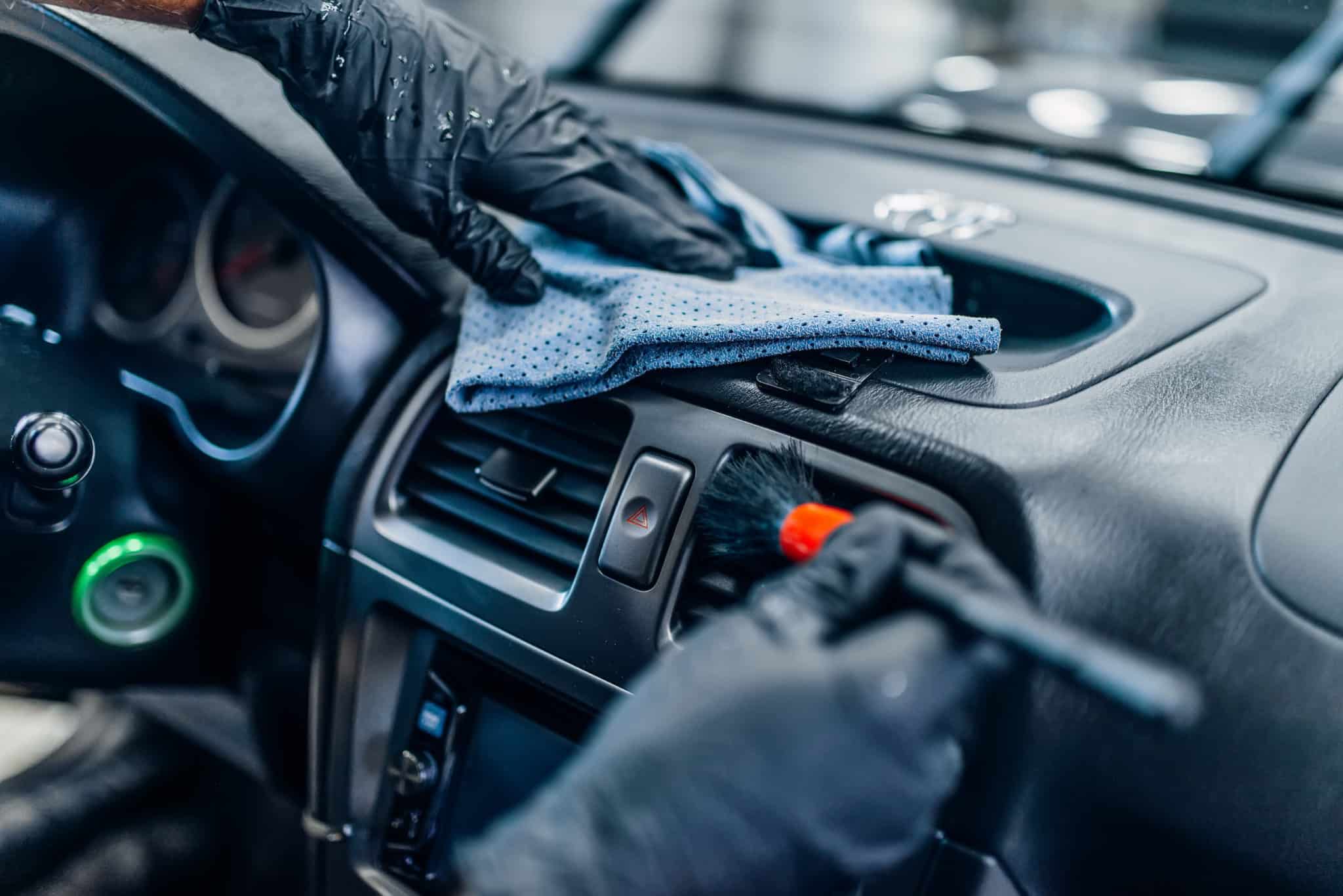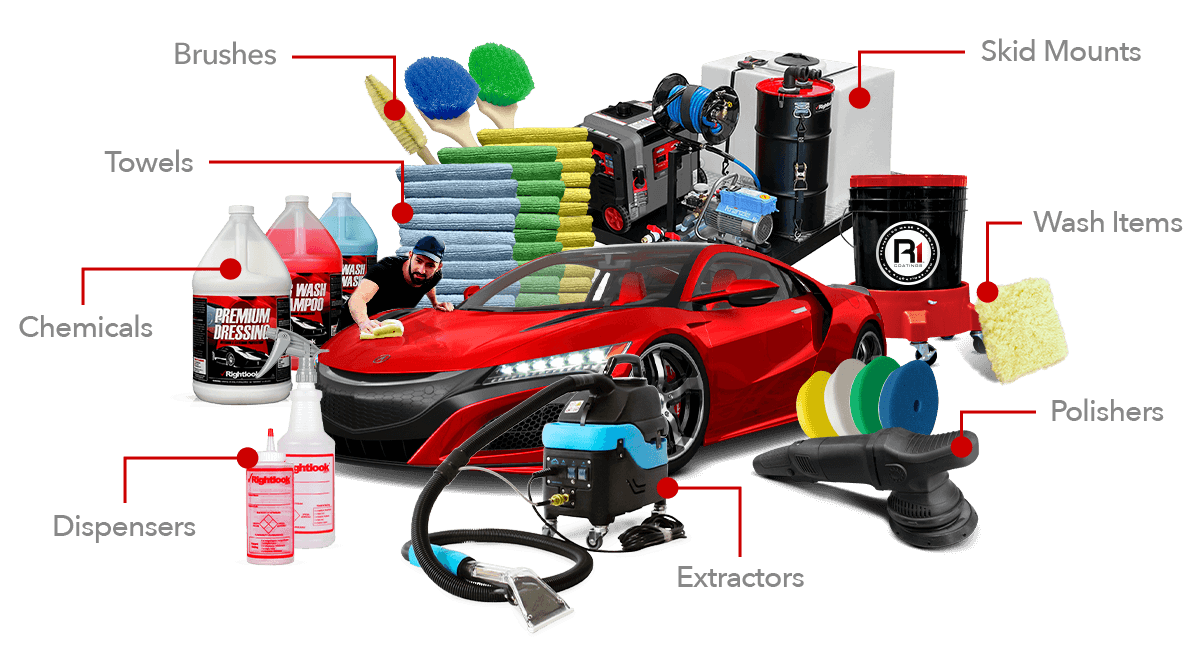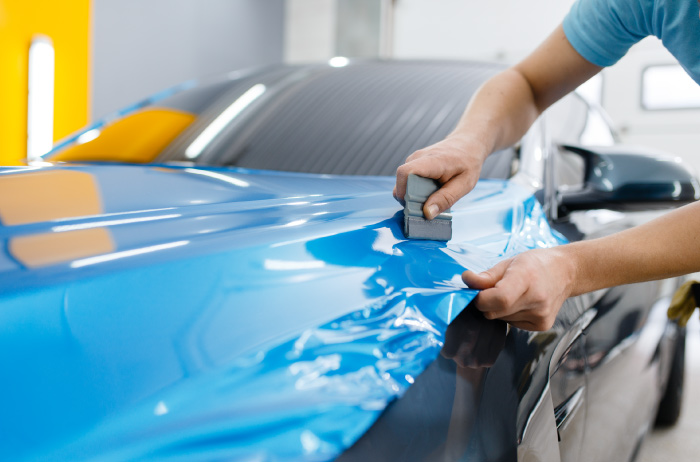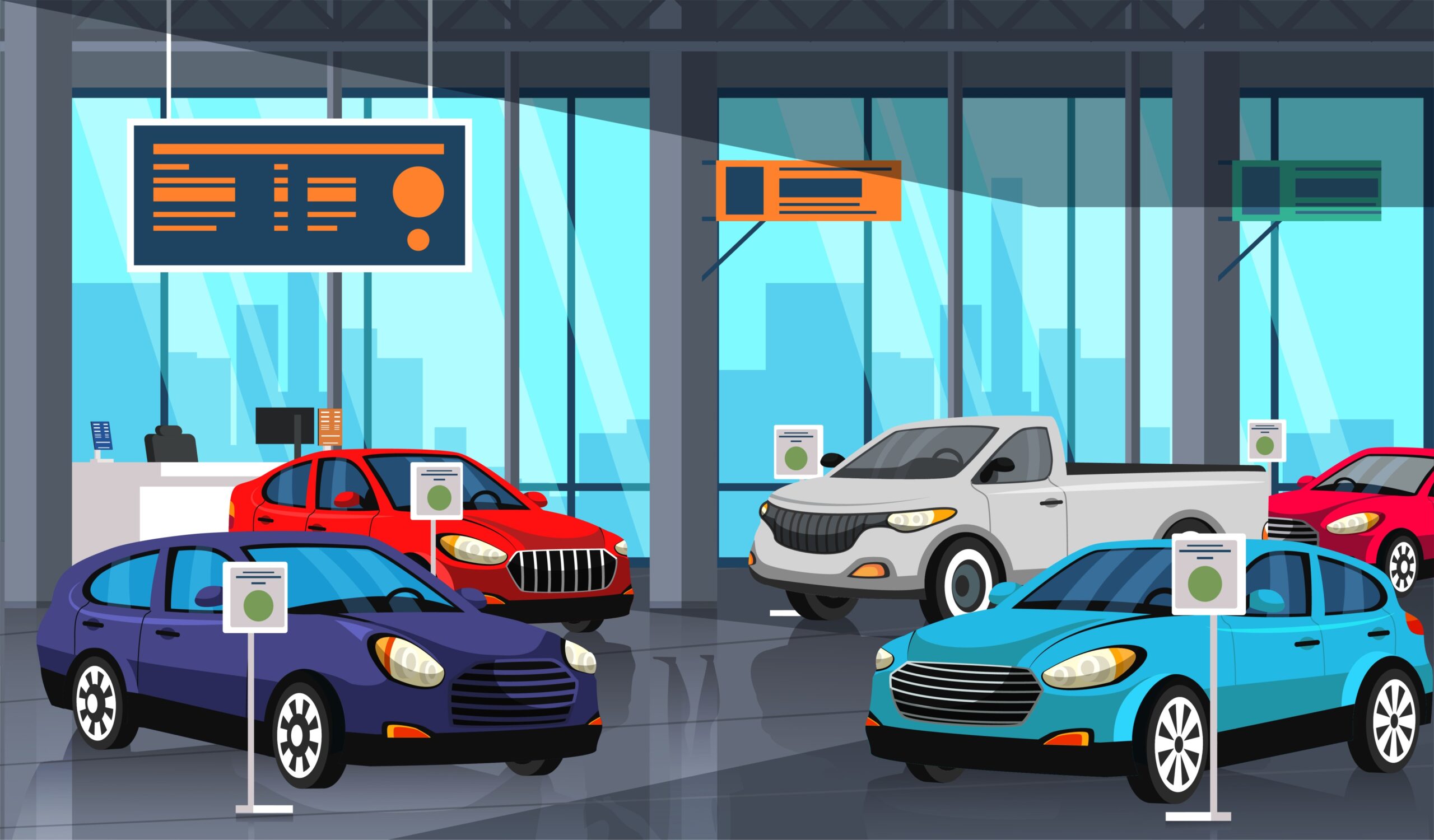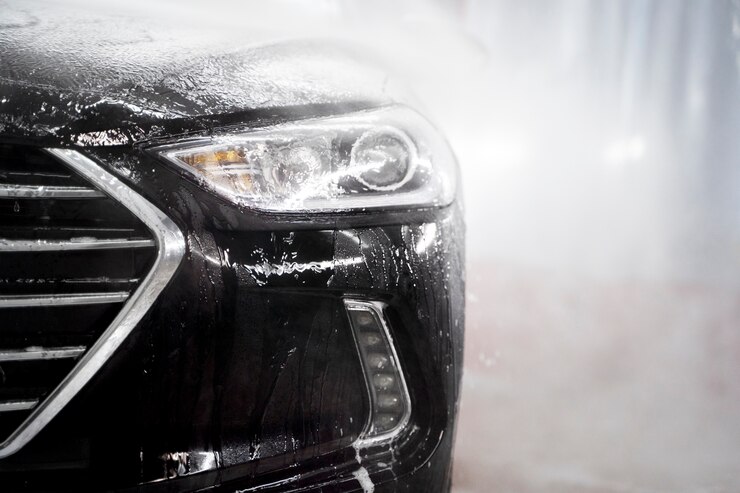Table of Contents
Introduction:
Maintaining the interior of your car is not just about aesthetics; it’s about preserving comfort, functionality, and the overall value of your vehicle. Regular interior cleaning plays a crucial role in extending the lifespan of your car, preventing premature wear and tear, and ensuring a pleasant driving experience.
From cleaning upholstery to conditioning leather and keeping surfaces free of dust and grime, adopting a proactive approach to interior maintenance can make a significant difference in how your car looks and feels over time. In this article, we’ll explore essential practices and techniques to maximize your car’s longevity through consistent interior maintenance
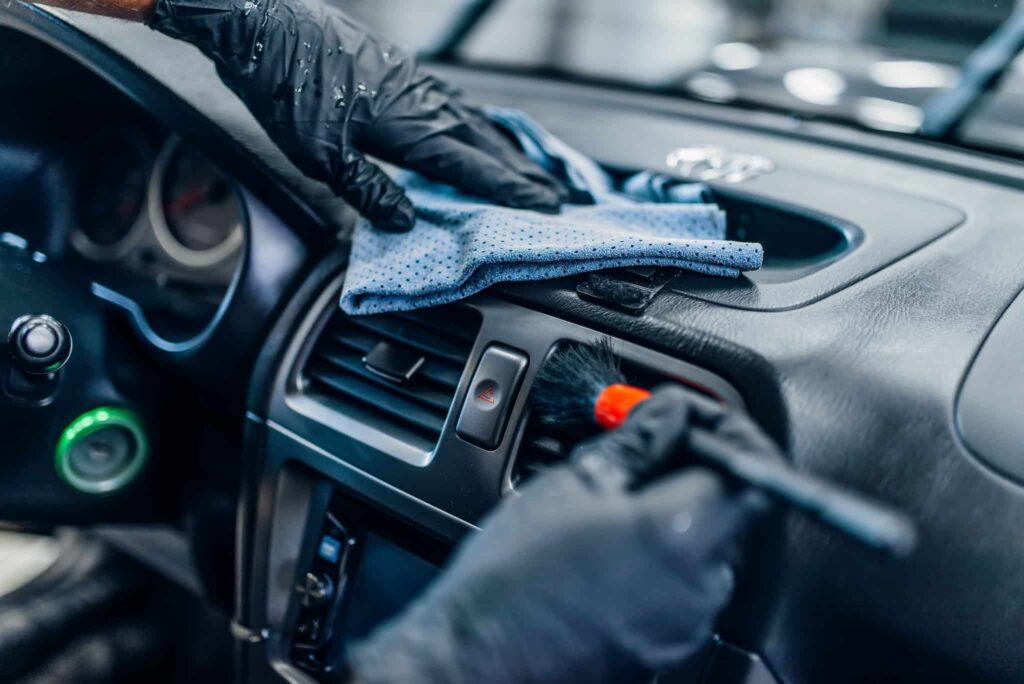
Regular Vacuuming:
Regular vacuuming is essential for maintaining the cleanliness and longevity of your car’s interior. Here’s why and how you should incorporate this practice into your car maintenance routine:
1. Remove Dirt, Dust, and Debris
Car interiors accumulate dirt, dust, and debris from everyday use. These particles can settle into carpets, seats, and floor mats, leading to a dull and dirty appearance over time. Regular vacuuming helps to:
- Eliminate Surface Dirt: Vacuuming removes surface dirt and dust particles that settle on carpets and upholstery.
- Prevent Accumulation: By vacuuming regularly, you prevent dirt and debris from embedding deep into the fibers of carpets and upholstery, which can be more difficult to remove later on.
2. Prevent Buildup and Wear
Buildup of dirt and debris can accelerate wear and tear on interior materials. Here’s how regular vacuuming helps to maintain your car’s interior:
- Protect Fabric and Carpet: Dirt particles can act like abrasives, causing fibers in carpets and upholstery to break down over time. Vacuuming removes these particles, helping to preserve the fabric’s texture and appearance.
- Extend Longevity: By preventing buildup, you extend the lifespan of interior materials. Clean carpets and upholstery are less likely to fray, fade, or develop permanent stains.
3. Proper Vacuuming Technique
To effectively remove dirt and debris from your car’s interior, follow these vacuuming tips:
- Use the Right Tools: Use a vacuum cleaner with attachments designed for car interiors. Attachments like crevice tools and upholstery brushes help to reach into tight spaces and effectively clean different surfaces.
- Start from the Top: Begin vacuuming from the top of the interior, such as the dashboard and seats, and work your way down to the floor mats. This ensures that any dislodged dirt or dust falls onto the lower surfaces, which you can clean last.
- Move Seats and Floor Mats: To thoroughly clean beneath seats and under floor mats, adjust seats and remove mats to access hidden dirt and debris.
- Be Thorough: Take your time to vacuum thoroughly, especially in areas prone to accumulation like footwells and seat crevices. Pay attention to seams and edges where dirt tends to collect.
4. Frequency of Vacuuming
The frequency of vacuuming depends on how often you use your car and your local environment:
- Weekly Maintenance: For most cars, vacuuming once a week is sufficient to maintain a clean interior.
- High-Use or Pet-Friendly Cars: If you frequently transport pets or have a high-traffic car, you may need to vacuum more often to keep up with dirt and pet hair.
Cleaning Upholstery and Fabric
Maintaining clean upholstery and fabric in your car not only enhances its appearance but also prolongs their lifespan. Here’s a comprehensive guide on how to effectively clean and care for car upholstery and fabric:
1. Use Appropriate Cleaners
Choosing the right cleaner is crucial for effectively lifting stains and maintaining fabric quality:
- Selecting a Cleaner: Use a cleaner specifically formulated for automotive upholstery or fabric. Look for products that are gentle yet effective in removing stains without damaging the fabric fibers.
- Testing: Before applying the cleaner to a large area, test it on a small, inconspicuous spot to ensure compatibility and to check for any adverse reactions.
2. Cleaning Process
Follow these steps to clean car upholstery and fabric effectively:
- Vacuuming: Start by thoroughly vacuuming the upholstery and fabric to remove loose dirt, dust, and debris. Use a vacuum cleaner with upholstery attachments to reach into crevices and seams.
- Spot Cleaning: For localized stains, apply the cleaner directly to the stain. Use a soft-bristled brush or cloth to gently agitate the cleaner into the stain.
- Blotting: Blot the stain with a clean, dry cloth or paper towel. Avoid rubbing, as this can spread the stain and damage the fabric fibers.
3. Benefits of Regular Cleaning
Regularly cleaning upholstery and fabric provides several benefits:
- Preserves Fabric Quality: Removing dirt and stains helps maintain the integrity and appearance of the fabric.
- Prevents Permanent Stains: Prompt cleaning reduces the likelihood of stains setting into the fabric fibers, making them easier to remove.
- Enhances Interior Appearance: A clean and well-maintained interior creates a more pleasant driving environment and enhances the overall aesthetic appeal of your car.
4. Additional Tips
- Use Upholstery Protection: Consider applying a fabric protector after cleaning to help repel spills and stains.
- Professional Cleaning: For stubborn stains or extensive cleaning needs, consider professional upholstery cleaning services to ensure thorough and safe cleaning.
Cleaning Upholstery and Fabric
Maintaining clean upholstery and fabric in your car not only enhances its appearance but also prolongs their lifespan. Here’s a comprehensive guide on how to effectively clean and care for car upholstery and fabric:
1. Use Appropriate Cleaners
Choosing the right cleaner is crucial for effectively lifting stains and maintaining fabric quality:
- Selecting a Cleaner: Use a cleaner specifically formulated for automotive upholstery or fabric. Look for products that are gentle yet effective in removing stains without damaging the fabric fibers.
- Testing: Before applying the cleaner to a large area, test it on a small, inconspicuous spot to ensure compatibility and to check for any adverse reactions.
2. Cleaning Process
Follow these steps to clean car upholstery and fabric effectively:
- Vacuuming: Start by thoroughly vacuuming the upholstery and fabric to remove loose dirt, dust, and debris. Use a vacuum cleaner with upholstery attachments to reach into crevices and seams.
- Spot Cleaning: For localized stains, apply the cleaner directly to the stain. Use a soft-bristled brush or cloth to gently agitate the cleaner into the stain.
- Blotting: Blot the stain with a clean, dry cloth or paper towel. Avoid rubbing, as this can spread the stain and damage the fabric fibers.
3. Vacuum and Spot Clean Regularly
Preventative maintenance is key to keeping car upholstery and fabric looking clean and pristine:
- Regular Vacuuming: Vacuum the upholstery and fabric at least once a week to remove surface dirt and prevent it from settling deeper into the fibers.
- Spot Clean Immediately: Address spills and stains promptly to prevent them from becoming permanent. Blot up liquids with a clean cloth and use a spot cleaner as soon as possible.
4. Benefits of Regular Cleaning
Regularly cleaning upholstery and fabric provides several benefits:
- Preserves Fabric Quality: Removing dirt and stains helps maintain the integrity and appearance of the fabric.
- Prevents Permanent Stains: Prompt cleaning reduces the likelihood of stains setting into the fabric fibers, making them easier to remove.
- Enhances Interior Appearance: A clean and well-maintained interior creates a more pleasant driving environment and enhances the overall aesthetic appeal of your car.
5. Additional Tips
- Use Upholstery Protection: Consider applying a fabric protector after cleaning to help repel spills and stains.
- Professional Cleaning: For stubborn stains or extensive cleaning needs, consider professional upholstery cleaning services to ensure thorough and safe cleaning.
Dashboard and Interior Panels
Regular cleaning and maintenance of your car’s dashboard, door panels, and center console are essential to keep your vehicle’s interior looking clean and well-maintained. Here’s a detailed guide on how to effectively clean these areas while ensuring you use appropriate cleaners to protect delicate surfaces:
1. Dusting and Cleaning Routine
Keeping your dashboard and interior panels free from dust and dirt helps maintain their appearance and prevents buildup:
- Dusting: Begin by using a soft, dry microfiber cloth or a feather duster to gently remove dust from the dashboard, door panels, and center console. Pay attention to crevices and vents where dust tends to accumulate.
- Vacuuming: For areas with hard-to-reach dust or debris, such as air vents or seams, use a vacuum cleaner with a soft brush attachment to gently lift away dirt without scratching surfaces.
2. Choosing Appropriate Cleaners
Selecting the right cleaner is crucial to effectively clean interior panels without causing damage:
- Dashboard Cleaner: Choose a dashboard cleaner specifically formulated for automotive use. These cleaners are designed to remove dirt, dust, and fingerprints without leaving a greasy residue or damaging delicate materials.
- Avoid Harsh Chemicals: Refrain from using household cleaners or products containing bleach, ammonia, or alcohol, as these can degrade the surface finish and potentially cause discoloration.
3. Cleaning Process
Follow these steps to safely clean your dashboard, door panels, and center console:
- Apply Cleaner: Spray a small amount of dashboard cleaner onto a clean microfiber cloth or directly onto the surface (if recommended by the product instructions).
- Gentle Wiping: Wipe the dashboard and panels using gentle, overlapping strokes. Start from the top and work your way down to avoid spreading dirt.
- Detailing Tools: Use detailing brushes or soft toothbrushes to clean around buttons, knobs, and seams where dust and grime can accumulate.
- Dry and Buff: After cleaning, use a dry microfiber cloth to buff the dashboard and panels to a clean, matte finish. This helps to remove any remaining cleaner residue and leaves surfaces looking polished.
4. Protecting Delicate Surfaces
Certain interior panels, especially those with glossy finishes or touchscreen displays, require special care:
- Touchscreen Displays: Use a cleaner specifically designed for electronics or touchscreen displays to avoid damaging sensitive surfaces.
- Glossy Finishes: Use a soft, lint-free cloth dampened with water or a mild cleaner formulated for glossy surfaces to remove fingerprints and smudges gently.
5. Maintenance Tips
- Regular Maintenance: Establish a routine for cleaning your dashboard and interior panels at least once a month to prevent dust buildup and maintain a clean interior.
- Sun Protection: Use sunshades or park in shaded areas to protect dashboard surfaces from UV damage, which can cause fading and cracking over time.
Cup Holders and Storage Compartments
Cup holders and storage compartments in your car can quickly accumulate dirt, spills, and clutter if not regularly maintained. Here’s a detailed guide on how to effectively clean and organize these areas:
1. Cleaning Cup Holders
Cleaning cup holders is essential to prevent sticky residue and maintain a tidy interior:
- Remove Debris: Start by removing any loose debris such as crumbs or dirt from the cup holders. Use a small brush or vacuum with a crevice tool to reach into tight spaces.
- Use Cleaning Solution: Dampen a cloth with a mild cleaner or soapy water. Alternatively, use a specialized automotive interior cleaner that is safe for plastic and other materials.
- Scrub Gently: Scrub the interior of the cup holders using the damp cloth to lift stains and residue. For stubborn spots, use a soft-bristled brush to agitate the cleaner gently.
- Dry Thoroughly: After cleaning, dry the cup holders with a clean cloth to prevent moisture buildup and potential mold growth.
2. Organizing Storage Compartments
Organizing and cleaning storage compartments help maintain a clutter-free interior and optimize storage space:
- Remove Items: Empty out the contents of storage compartments and remove any items that are not essential for driving or emergency purposes.
- Wipe Down Surfaces: Use a clean, damp cloth to wipe down the interior surfaces of storage compartments. Pay attention to corners and edges where dust and dirt can accumulate.
- Organize Essentials: Prioritize items that you frequently use while driving, such as sunglasses, phone chargers, or small emergency kits. Use organizers or dividers to keep these items neatly separated.
- Clean Regularly: Incorporate cleaning storage compartments into your regular car maintenance routine. Aim to clean and organize them at least once a month to prevent clutter from building up.
3. Benefits of Maintenance
Regularly cleaning cup holders and organizing storage compartments offer several benefits:
- Enhanced Aesthetic: A clean and organized interior creates a more pleasant driving environment and reflects positively on overall vehicle maintenance.
- Reduced Odors: Removing spilled liquids and food crumbs helps eliminate odors that can linger in cup holders and storage compartments.
- Improved Functionality: Organizing essentials makes items easier to find and access while driving, enhancing convenience and safety.
4. Additional Tips
- Use Liners: Consider using silicone cupcake liners or removable mats in cup holders to catch spills and crumbs, making cleanup easier.
- Schedule Maintenance: Establish a regular schedule for cleaning cup holders and organizing storage compartments to maintain a consistently clean interior.
- Avoid Overloading: Resist the temptation to overload storage compartments with unnecessary items, as this can lead to clutter and reduce available space.
Windows and Mirrors:
- Importance: Regular cleaning of interior windows and mirrors is crucial for maintaining visibility and ensuring safety while driving.
- Method: Use a streak-free cleaner and a microfiber cloth to achieve a clear, streak-free finish that doesn’t impair visibility.
Air Vents and HVAC System:
- Importance: Cleaning air vents improves air quality inside the car and prevents unpleasant odors from circulating.
- Maintenance: Use a soft brush or compressed air to remove dust and debris from vents. Regularly replace cabin air filters to maintain efficient HVAC performance.
Floor Mats and Carpets:
- Importance: Cleaning and vacuuming floor mats and carpets removes dirt, moisture, and debris that can accumulate over time.
- Practice: Vacuum regularly to prevent dirt from embedding into fibers. Allow carpets to fully dry to prevent mold and mildew growth, especially after cleaning.
Odor Control:
- Importance: Using air fresheners or odor-neutralizing products helps maintain a fresh-smelling interior and eliminates unpleasant odors.
- Approach: Address underlying causes of odors, such as spills or mold, to prevent them from recurring and ensure long-term freshness.
Protective Measures:
- Importance: Protective measures like sunshades, seat covers, and mats help preserve the interior by shielding surfaces from UV damage and minimizing wear and tear.
- Implementation: Use sunshades on windows and consider using seat covers or mats to protect upholstery and extend its lifespan.
These practices collectively contribute to maintaining a clean, comfortable, and well-preserved interior environment in your car, enhancing both its appearance and functionality over time.
Conclusion:
Maintaining a clean car interior is crucial for both aesthetics and comfort. Regularly clean windows and mirrors for clear visibility, keep air vents and HVAC systems free of dust for better air quality, and clean floor mats and carpets to prevent odors and mold. Control odors with suitable products and use protective measures against UV damage and wear to preserve your car’s value and enhance your driving experience.

